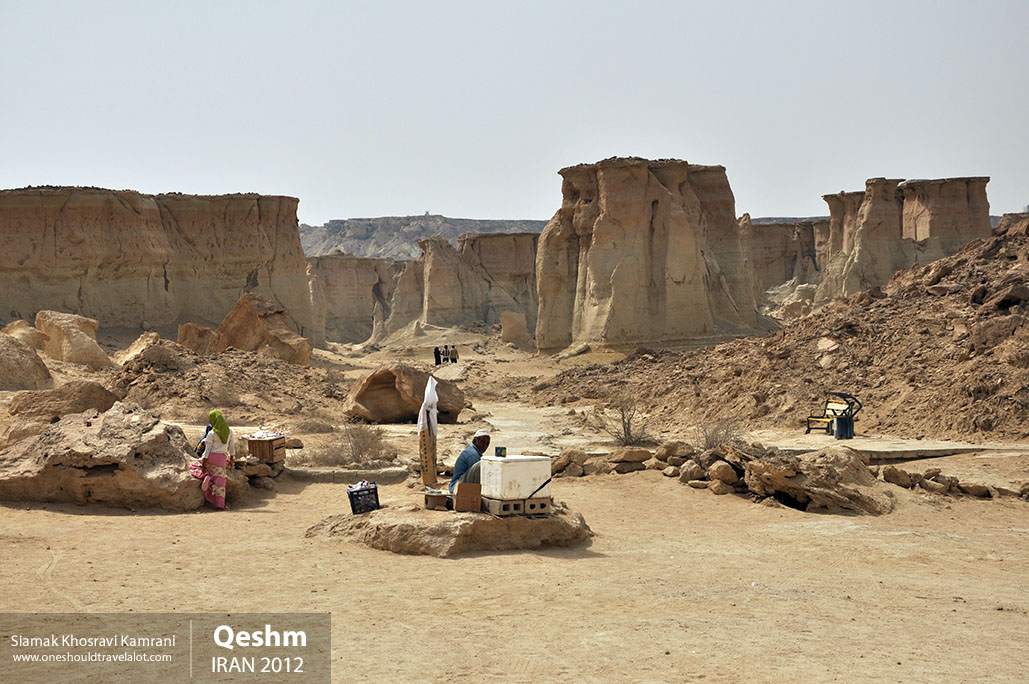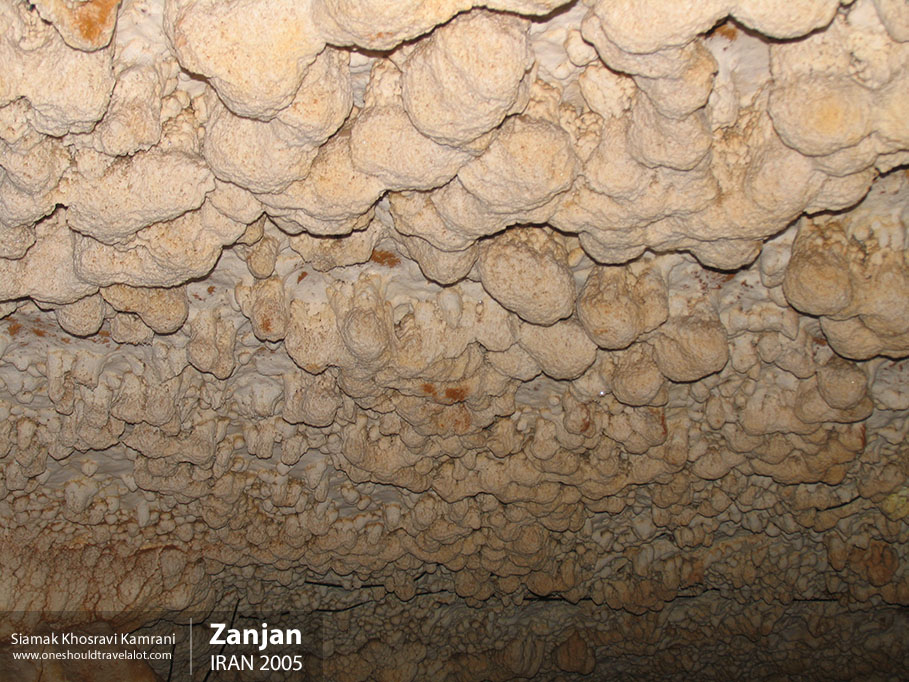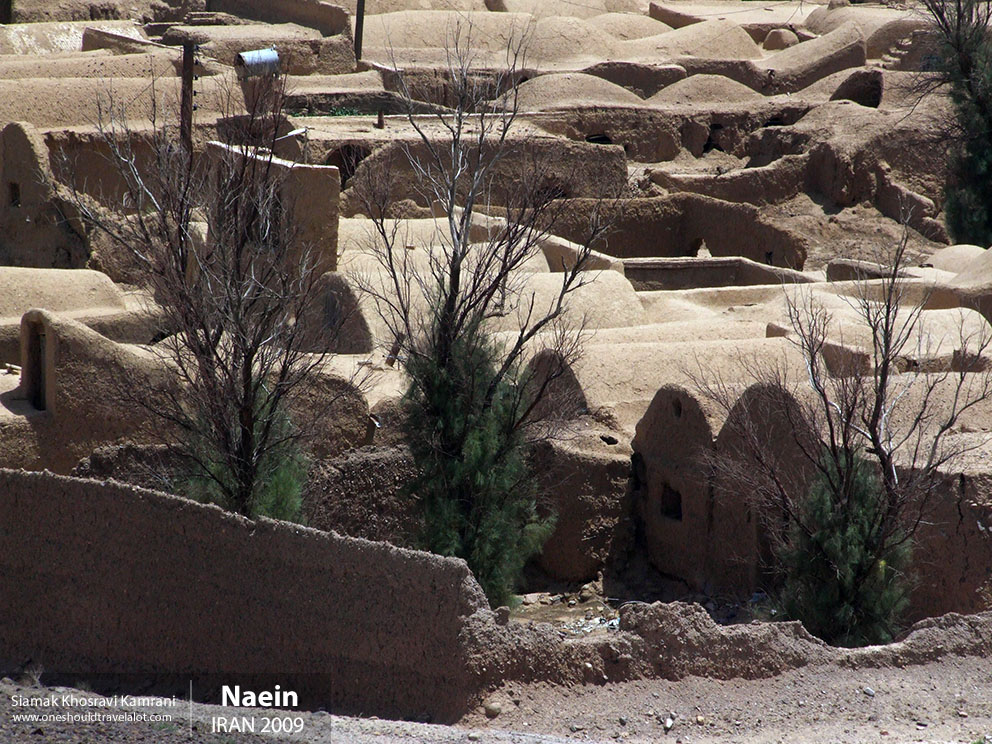Ahvaz: The Beating Heart of Khuzestan
First Impressions
As the plane descended into Ahvaz, the capital of Khuzestan province in southwestern Iran, a tapestry of contrasts unfolded beneath me. Ahvaz, a city that has seen the passage of history from ancient Elamite civilizations to modern-day Iran, exudes a unique blend of antiquity and modernity. The sweltering heat greeted me like an old friend, a constant reminder of the city’s proximity to the equator and the vast Arabian deserts.
Stepping out of the airport, I was immediately struck by the vibrant, bustling atmosphere. The city’s streets were alive with the hum of everyday life, the air filled with the sounds of traffic, vendors, and the animated chatter of the locals. There was an undeniable energy that seemed to pulse through the very heart of Ahvaz, an energy that I was eager to capture through my lens.
The Culture and People
Ahvaz is a melting pot of ethnicities and cultures, home to a diverse population that includes Persians, Arabs, Lurs, and Bakhtiaris. This rich cultural tapestry is reflected in the city’s daily life, from the languages spoken on the streets to the variety of foods served in its restaurants. Arabic and Persian are the predominant languages, and it wasn’t uncommon to hear both in a single conversation.
One of the most striking aspects of Ahvaz is the warmth and hospitality of its people. Despite the city’s rapid modernization and the challenges it has faced, including the Iran-Iraq war, the spirit of its residents remains unbroken. Their resilience and generosity are evident in every interaction, from the shopkeeper offering tea to the passerby to the family inviting me into their home for a meal.
Exploring the City
The White Bridge and Karun River
My first stop was the iconic White Bridge, or Pol-e Sefid, which spans the Karun River, Iran’s only navigable river. The bridge, an engineering marvel built in the 1930s, is a symbol of Ahvaz and a testament to its historical significance. As I stood on the bridge, camera in hand, I marveled at the contrast between the tranquil river below and the bustling city around it.
The Karun River is the lifeblood of Ahvaz, providing water, transportation, and a source of leisure for its residents. Along its banks, families picnicked, children played, and couples strolled hand in hand. I spent hours photographing the scenes of everyday life, capturing the essence of a city that thrives on the banks of this mighty river.
Traditional Markets and Modern Malls
No visit to Ahvaz would be complete without exploring its traditional bazaars. The Ahvaz Bazaar, with its labyrinthine alleys and eclectic mix of goods, offered a sensory overload of sights, sounds, and smells. Vendors sold everything from spices and textiles to electronics and household goods. The vibrant colors of Persian carpets, the intoxicating aroma of saffron, and the rhythmic bargaining between buyers and sellers created a dynamic and lively atmosphere.
In stark contrast to the traditional bazaar, Ahvaz also boasts modern shopping centers like the Kianpars Mall. Here, I found a different side of the city, one that embraces contemporary trends and lifestyles. The mall, with its sleek architecture and international brands, is a testament to Ahvaz’s ongoing evolution and its residents’ desire to blend tradition with modernity.
Culinary Adventures
Ahvaz is a paradise for food lovers, offering a culinary journey that reflects its diverse cultural heritage. The city’s cuisine is a delightful fusion of Persian, Arabic, and local Khuzestani flavors. One of the most memorable meals I had was at a local restaurant where I tried Ghalieh Mahi, a tangy fish stew made with tamarind and cilantro, a specialty of the region.
Street food is also an integral part of the culinary scene in Ahvaz. Vendors selling falafel, samosas, and kebabs line the streets, filling the air with mouthwatering aromas. I often found myself indulging in these delicious snacks while exploring the city, each bite offering a taste of Ahvaz’s rich cultural heritage.
Cultural Landmarks
The Museum of Contemporary Art
One of the highlights of my visit was the Museum of Contemporary Art in Ahvaz. The museum, housed in a beautiful building, showcases the works of Iranian artists, providing a glimpse into the country’s vibrant art scene. The exhibits ranged from traditional Persian calligraphy to modern abstract paintings, reflecting the diversity and creativity of Iranian art.
The Shushtar Historical Hydraulic System
A short drive from Ahvaz took me to the ancient Shushtar Historical Hydraulic System, a UNESCO World Heritage site. This remarkable engineering feat, dating back to the 5th century BC, includes a series of dams, canals, and watermills that were used to manage water resources in the region. Walking through this ancient complex, I was awed by the ingenuity of its creators and the timeless beauty of the stone structures.
Society and Standard of Living
Ahvaz is a city of contrasts, where the old and new coexist in a delicate balance. The standard of living varies significantly across different parts of the city. In some neighborhoods, modern apartments and well-maintained parks indicate a high standard of living, while in others, the effects of economic challenges and past conflicts are more apparent.
Despite these disparities, there is a strong sense of community and resilience among the people of Ahvaz. The city’s infrastructure is continually improving, with new developments aimed at enhancing the quality of life for its residents. Education and healthcare facilities are also being upgraded, reflecting the government’s commitment to the city’s development.
Festivals and Traditions
Ahvaz is a city that loves to celebrate, and its festivals are a reflection of its cultural diversity. One of the most vibrant celebrations is Nowruz, the Persian New Year, which marks the arrival of spring. The city comes alive with music, dance, and festivities, as families gather to celebrate this ancient tradition.
Another significant event is the annual Flower Festival, where the city is adorned with colorful floral displays. The festival showcases the region’s rich flora and promotes environmental awareness. As I walked through the flower-covered streets, I couldn’t help but be enchanted by the beauty and creativity on display.



